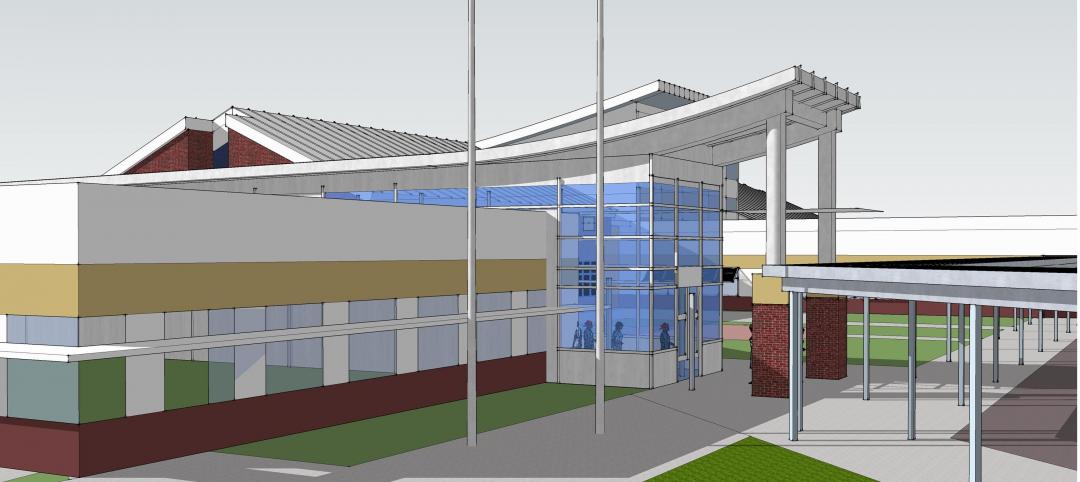A significant number of employees who work in office towers may be reluctant to return to work for fear of contracting the coronavirus in elevators.
That could result in hundreds of billions of dollars’ worth of office real estate continuing to go largely unoccupied. Cities and employers have taken steps to reduce risk, but they may not be enough.
For instance, New York City’s Department of Buildings’ COVID-19 task force has slashed in half the maximum capacity of elevators it oversees. But, previous maximum capacity was so high that the new rule is unlikely to provide comfort for users.
The risk of COVID-19 transmission in elevators is unsettled, but the risk may actually be low, experts say. Most elevators are well ventilated, and the short periods that people occupy the enclosed spaces translates into low risk. Wearing masks, not pressing buttons with bare fingers, and facing to the walls would further reduce the chances of contracting COVID-19 in an elevator.
Related Stories
| May 25, 2012
Study: Safety inspections don’t hurt the bottom line
A new study suggests that random safety inspections by regulators help reduce injury claims without hurting profits.
| May 24, 2012
2012 Reconstruction Awards Entry Form
Download a PDF of the Entry Form at the bottom of this page.
| May 17, 2012
New standard for Structural Insulated Panels under development
ASTM International and NTA, Inc. are developing a new standard for Structural Insulated Panels (SIPs) that would create a path for U.S. manufacturers to meet the requirements of the Canadian building code.
| May 17, 2012
Webinar: ‘What Energy Codes and Standards Are Adopted Where and by Whom’
A June 12 webinar by the Construction Specifications Institute will outline what energy codes and standards have been adopted in each of the states for commercial buildings, and what is anticipated to be adopted in the future.
| May 17, 2012
California Governor orders new green standards on state buildings
California Gov. Jerry Brown issued an executive order recently that calls for all new or renovated state buildings of more than 10,000 sf to achieve LEED Silver or higher and incorporate clean, onsite power generation.
| May 17, 2012
New Zealand stadium roof collapse blamed on snow, construction defects
Heavy snowfall, construction defects, and design problems contributed to the collapse of the Stadium Southland roof in New Zealand in September 2010, a report has found.
| May 17, 2012
OSHA launches fall prevention campaign
The Occupational Safety and Health Administration (OSHA) recently launched an educational campaign to prevent deadly falls in the construction industry.
| May 15, 2012
Suffolk selected for Rosenwald Elementary modernization project
The 314-student station elementary school will undergo extensive modernization.













